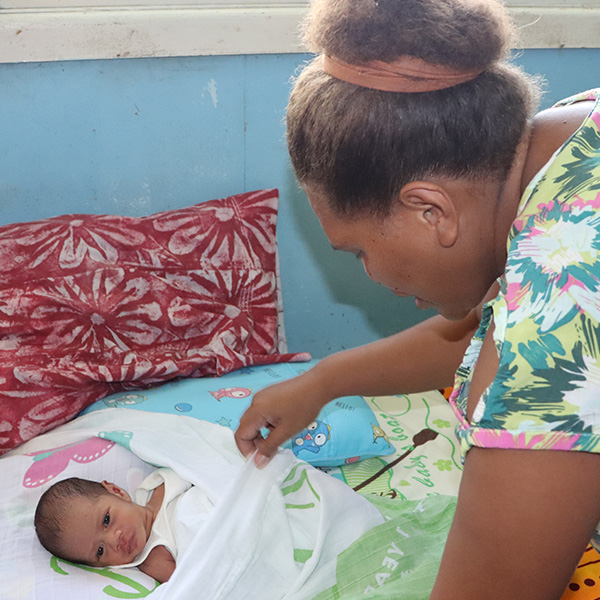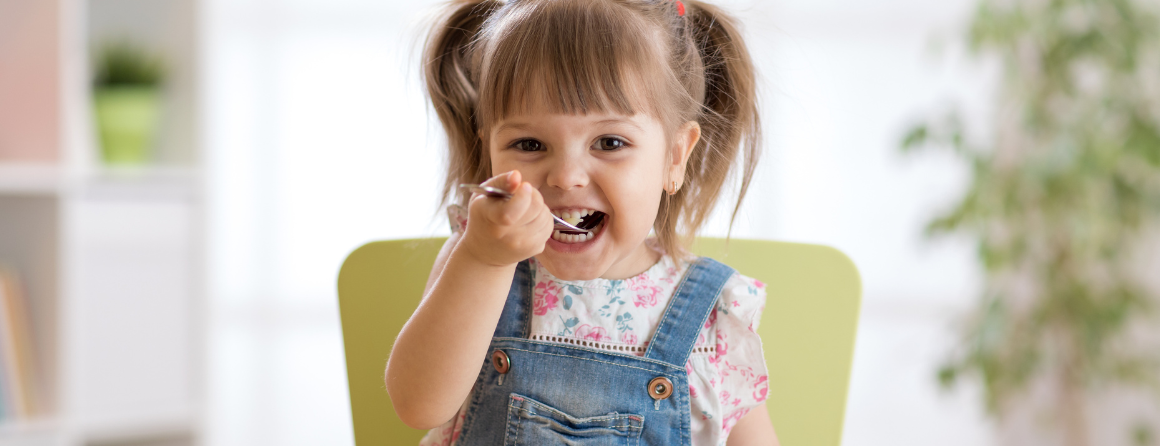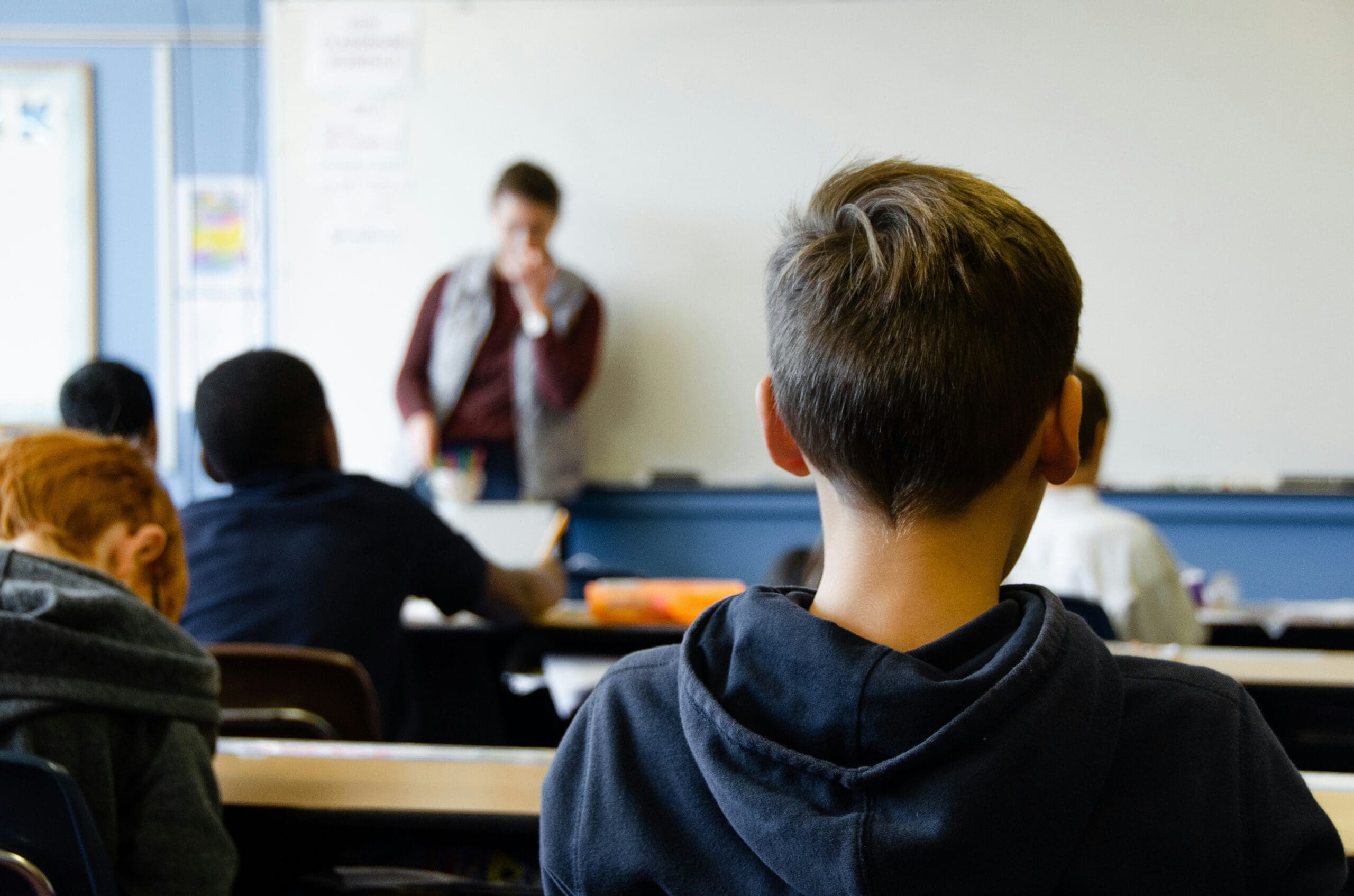The circular economy is a model of production and consumption, where existing resources and products are shared, reused, repaired, refurbished, and recycled for as long as possible. The circular economy is built on three principles:
- removing waste and pollution during the initial design stages
- keeping products and materials in use
- regeneration of natural systems.
In a perfect circular economy, everything we use would be reused over and over again. At the moment though, we operate in a mostly linear economy, where materials are turned into products, and eventually thrown away as waste. There are some exceptions, for example glass (when recycled correctly) can be continuously melted down and reformed.
How can we contribute to the circular economy?
Here are some easy ways we can start contributing to the circular economy:
- Replacing clingwrap, foils and single use packaging with reusable packaging, such as beeswax wraps, portable reusable cutlery, or tote bags for shopping.
- Collecting cans and bottles to recycle in the new Container Deposit Scheme.
- Participating in repair cafes, community share programs and selling/buying second-hand products.
- Installing solar panels or purchasing GreenPower to utilise renewable energy, reducing reliance on gas and coal.
- Using a food and green waste bin or a worm farm/compost bin for food waste, and then using the castings or compost on our gardens.
What is Council doing?
Here at Council, we’re taking steps toward building a more sustainable and circular economy by implementing our Recycling and Waste Management Strategy which includes our goal of diverting 75% of waste from landfills by 2025 (currently sitting at 70% diversion).
In addition, Council:
- Provides a weekly food and green waste bin collection for households. This helps decrease landfill volume and redirects organic matter to a composting process. Watch this video to see what happens to your food and green waste and how it aligns with the circular economy.
- Holds workshops such as the Bayside Roving Repair Program to help residents learn practical ways to contribute to a circular economy.
- Offer programs such as Love Bayside, Electrify Everything and Solar Savers to help residents transition to renewable energy and an all electric home.







